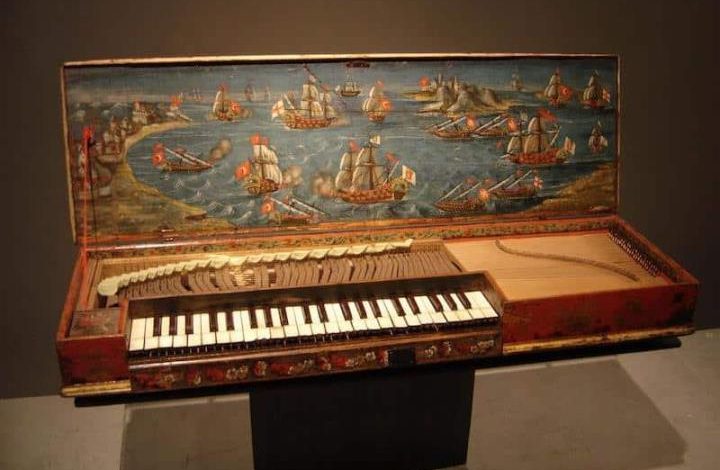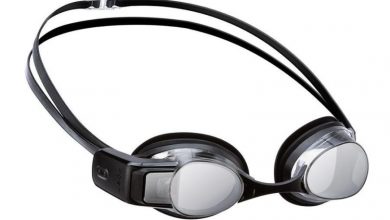Piano Evolution: Tracing the Development of a Timeless Instrument

Piano Evolution: Tracing the Development of a Timeless Instrument
The Origins of the Piano
What is the history of the piano?
The piano, one of the most beloved musical instruments, has a rich and fascinating history. Its roots can be traced back to the ancient Greeks and Romans, who had instruments with strings that were struck to produce sound. However, it wasn’t until the 17th century that the modern piano as we know it today began to take shape. Italian inventor Bartolomeo Cristofori is credited with creating the first piano prototype around the year 1700.
How does the piano work?
The piano works by pressing the keys, which causes hammers inside the instrument to strike the corresponding strings. The strings vibrate, producing sound that resonates through the piano’s soundboard. The piano’s pedals also play an important role in creating various tonal effects.
Evolution and Innovations
How has the piano evolved over time?
Over the centuries, the piano has undergone numerous advancements and innovations. Early pianos had a smaller keyboard range and lacked the dynamic capabilities seen in modern instruments. However, the piano evolved to have a larger keyboard, improved mechanisms, and added features such as the sustain pedal. Notable piano makers like Steinway and Sons and Yamaha have played pivotal roles in advancing piano design.
What are the types of pianos?
There are several types of pianos, each with its own unique characteristics. Grand pianos, upright pianos, and digital pianos are among the most common types. Grand pianos offer a rich sound and are considered the pinnacle of piano design. Upright pianos, also known as vertical pianos, are more compact and suitable for smaller spaces. Digital pianos, on the other hand, provide a wide range of sounds and modern features.
The Piano and Popular Music
How has the piano influenced music?
The piano has had a profound impact on the world of music. From classical compositions to jazz improvisations and contemporary pop hits, the piano has been a versatile and expressive instrument. Many renowned composers and musicians, including Mozart, Beethoven, and Elton John, have composed music specifically for the piano. Its range and dynamics make it suitable for a wide variety of musical genres.
Why is the piano still popular today?
Despite advancements in technology and the rise of electronic instruments, the piano has remained popular throughout the years. One reason is its timeless appeal and ability to produce exceptional sound quality. The piano’s versatility and rich tonality make it the instrument of choice for many musicians, both professional and amateur. Additionally, learning to play the piano can provide a solid foundation for understanding music theory and composition.
In conclusion, the evolution of the piano from its humble beginnings to the remarkable instrument of today is a testament to its enduring popularity. Whether you’re an avid music lover, a budding pianist, or simply curious about the history of this timeless instrument, exploring its development can be a fascinating journey filled with beautiful melodies and captivating stories.
Frequently Asked Questions (FAQs):
– Q: How much does a piano cost?
A: The cost of a piano varies significantly depending on factors such as brand, size, and condition. Entry-level pianos can range from a few hundred to several thousand dollars, while high-end grand pianos can reach well into six figures.
– Q: Is it difficult to learn to play the piano?
A: Learning to play the piano requires time, dedication, and practice. While it may seem challenging at first, with consistent effort and proper guidance, anyone can learn to play the piano.
– Q: How often should a piano be tuned?
A: Pianos should ideally be tuned at least once or twice a year to maintain proper pitch and sound quality. However, factors such as humidity and frequency of use can influence the need for more frequent tunings.



